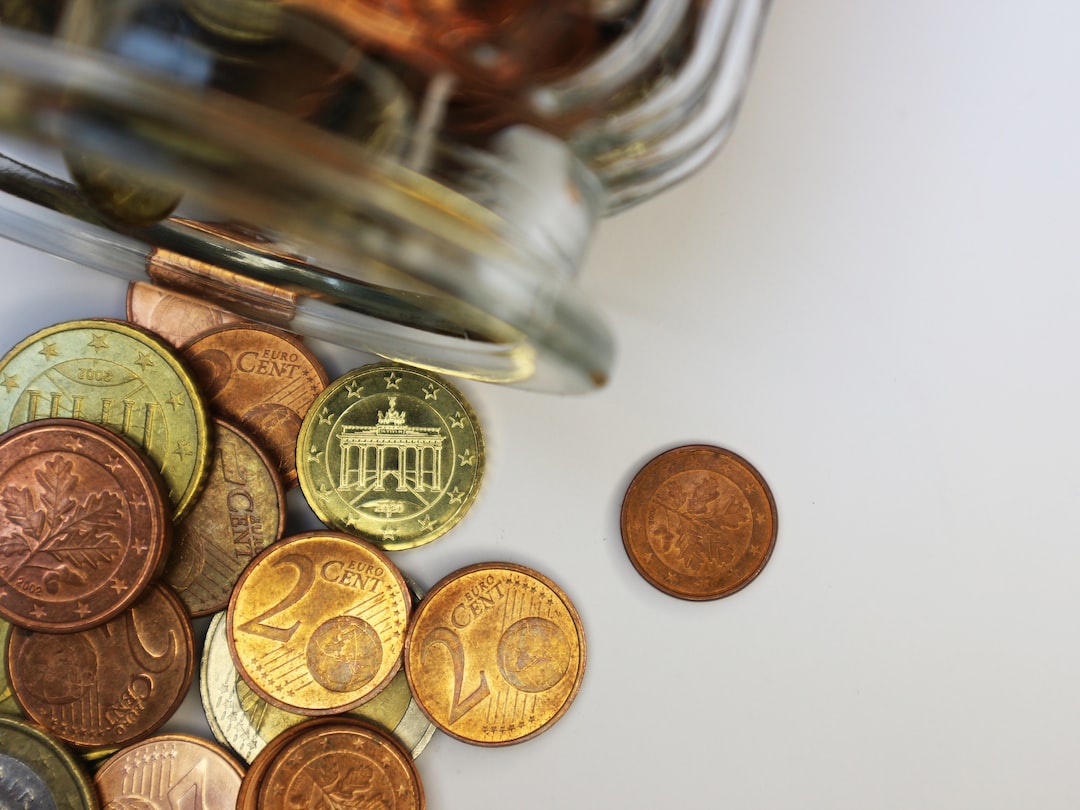Forex trading is a popular way to trade currencies for profit. The forex market is the largest financial market in the world, with trillions of dollars being traded every day. One of the advantages of forex trading is the use of leverage. Leverage can help traders to increase their potential profits, but it can also increase their potential losses. In this article, we will explain what leverage is and how to use it in forex trading.
What is leverage in forex trading?
Leverage allows traders to control a larger amount of money than what they have in their trading account. For example, if a trader has $1,000 in their trading account and they use leverage of 1:100, they can control $100,000 worth of currency. Leverage is expressed as a ratio, such as 1:10, 1:50, 1:100, or even higher.
Leverage is provided by the broker, and it is a loan that the trader must repay. The amount of leverage that a trader can use depends on the broker and the regulations in their country. Different brokers offer different levels of leverage, so it is important to choose a broker that offers the right level of leverage for the trader’s trading strategy.
How to use leverage in forex trading?
Leverage can be a powerful tool for forex traders, but it can also be dangerous if not used correctly. Here are some tips for using leverage in forex trading:
1. Understand the risks
Leverage can increase the potential profits of a trade, but it can also increase the potential losses. Traders must understand the risks of leverage and how it can impact their trading account. Traders should always use a stop-loss order to limit their potential losses.
2. Choose the right level of leverage
Traders should choose the right level of leverage based on their trading strategy and risk management plan. Traders should not use too much leverage, as it can lead to high losses if the trade goes against them.
3. Use leverage for short-term trades
Leverage is best used for short-term trades, such as day trading or swing trading. Long-term trades are less suitable for leverage, as they are more likely to be impacted by market volatility.
4. Use leverage for high-probability trades
Traders should use leverage for high-probability trades, where the risk is lower and the potential reward is higher. Traders should avoid using leverage for trades with a high risk of loss.
5. Keep an eye on the margin level
Traders should always keep an eye on their margin level, which is the amount of money required to maintain their open trades. If the margin level falls below the required level, the broker may close the trades automatically.
6. Use leverage with a trading plan
Traders should use leverage with a trading plan that includes risk management strategies. Traders should not rely solely on leverage to make profits, but should use a combination of technical analysis, fundamental analysis, and risk management strategies.
Conclusion
Leverage is a powerful tool for forex traders, but it must be used carefully and with caution. Traders should understand the risks of leverage and choose the right level of leverage for their trading strategy. Traders should also use leverage with a trading plan that includes risk management strategies. With the right approach, leverage can help traders to increase their potential profits in forex trading.






